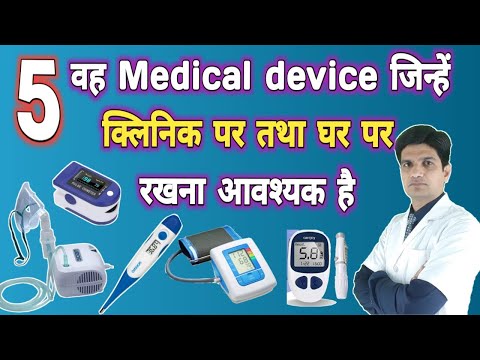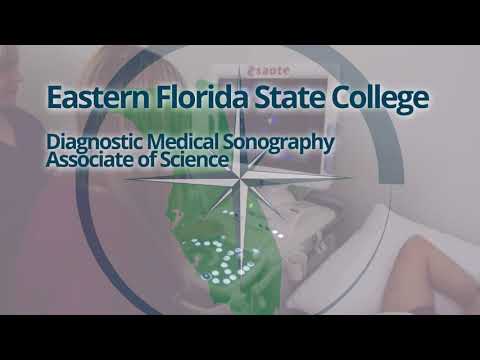What Does a Medical Assistant Do?
Contents
Medical assistants are multi-skilled health professionals who perform administrative and clinical tasks in hospitals, clinics, and other healthcare facilities. They are an important part of the healthcare team and play a vital role in patient care. So, what does a medical assistant do?
Checkout this video:
Job description
A medical assistant is a member of the healthcare team who provides direct patient care and performs administrative tasks in a medical office. The duties of a medical assistant vary from office to office, but most assistants perform both clinical and administrative tasks.
Clinical tasks may include taking patient vital signs, such as blood pressure and temperature; performing basic laboratory tests, such as urinalysis; and coding and filling out insurance forms. Administrative tasks may include scheduling appointments, greeting patients, handling correspondence, and maintaining medical records
Medical assistants must be able to keep confidential patient information private and be able to work well under pressure. They must have good communication skills, be detail oriented, and have the ability to multitask. Most Medical assistants have postsecondary education, such as a certificate or diploma from an accredited program. Some states require certification for certain tasks, such as taking x-rays.
Duties
Medical Assistants perform many duties to support the work of physicians and other health professionals. They are often the first point of contact between a patient and a medical office or clinic, so they play an important role in customer service and patient relations.
Clinical duties may include taking and recording medical histories, measuring patients’ vital signs, preparing patients for examination, assisting with procedures, administering medications and injections, drawing blood, performing basic laboratory tests, scheduling appointments and handling billing and insurance paperwork.
Medical assistants who have completed formal education programs usually have more responsibility and perform more complex tasks than those who have not. Many states have passed laws that limit the scope of practice of medical assistants. For example, some states prohibit medical assistants from performing certain tasks, such as giving injections or taking X-rays.
Skills
As a medical assistant, you will perform administrative and clinical tasks to keep the offices of physicians and other health practitioners running smoothly. Your duties will vary depending on the size and location of the practice, as well as the specialty. You might take medical histories and record vital signs, explain treatment procedures to patients, prepare them for examination, assist the physician during examinations, give injections, collect and prepare laboratory specimens or perform basic laboratory tests on the premises, dispose of contaminated supplies, sterilize medical instruments, schedule appointments, and handle billing and insurance paperwork.
Education and Training
In order to become a medical assistant, you will need to have at least a high school diploma or equivalent. Although there are no specific education requirements, many medical assistants choose to complete a postsecondary certificate or associate’s degree program in medical assisting. These programs usually take about one year to complete and include courses in Medical Terminology anatomy and physiology, administrative medical assisting, and clinical medical assisting.
Most states do not require medical assistants to be licensed or certified, but some states have certification requirements for certain tasks, such as administering injections. Medical assistants who choose to be certified must pass an exam administered by one of several certifying organizations. The Certified Medical Assistant (CMA) credential is the most recognized certification for medical assistants. In order to maintain their credential, CMAs must complete continuing education courses every few years.
Salary
While salaries for medical assistants vary by geographic location, experience and employer type, the Bureau of Labor Statistics (BLS) reports that the median annual wage for medical assistants was $34,800 in May 2015. This means that half of medical assistants earned more than this amount and half earned less. The lowest 10 percent earned less than $24,280, and the highest 10 percent earned more than $49,620.
Job Outlook
The job outlook for medical assistants is very positive. The Bureau of Labor Statistics estimates that the occupation will grow by 29% from 2016 to 2026, which is much faster than the average for all occupations. This growth is due to the increasing aging population and their need for more medical care. As a result, there will be an increased demand for healthcare services, and medical assistants will be needed to perform administrative and clinical tasks to keep doctor’s offices, clinics, and other healthcare facilities running smoothly.
Career Paths
Medical assistants perform a variety of administrative and clinical tasks to keep the offices of physicians and other health practitioners running smoothly. The duties of medical assistants vary from office to office, depending on the size and type of practice. In small practices, medical assistants usually are responsible for many different types of tasks, while in large practices they usually are assigned to specific departments, such as billing or insurance processing. Most medical assistants work in physician’s offices, hospitals, or outpatient care centers. A few work in nursing homes or other long-term care facilities.
Certification
There are many different types of medical assistant certification. Some states require certification, while others do not. The type of certification you need will depend on the state in which you work, as well as the type of facility in which you are employed.
There are two main types of medical assistant certification: registered and certified. Registered medical assistants (RMAs) have completed an accredited medical assistant training program and have passed a national exam administered by the American Medical Technologists (AMT). Certified medical assistants (CMAs) have completed an accredited medical assistant training program and have passed a national exam administered by the Certifying Board of the American Association of Medical Assistants (AAMA).
Both RMAs and CMAs are required to complete continuing education credits every few years to maintain their certification. In addition, some states require medical assistants to be licensed. Licensure requirements vary from state to state, but generally include passing an exam administered by the state’s Board of Medical Examiners.
Job search tips
Medical assistants perform a variety of duties to support the work of physicians and other health professionals. They typically work in clinics, hospitals, or other medical facilities.
Most medical assistants have postsecondary education, although some may have on-the-job training. Most states do not have specific licensure requirements for medical assistants.
Medical assistants typically do the following:
Take and record patients’ vital signs, such as blood pressure and temperature
Administer medications as directed by a physician
Prepare patients for examinations and assist physicians during examinations
Perform routine laboratory tests, such as urine and blood analysis, and prepare specimens for laboratory analysis
Schedule patients for diagnostic tests, surgeries, and other medical procedures
Give patients instructions on taking medications and completing special diets
Arrange for hospital admissions and prepare patients for discharge
Medical Assistant FAQs
Medical assistants are trained to perform a variety of administrative and clinical tasks to keep the offices of physicians, podiatrists, and other health practitioners running smoothly. The scope of their work can vary according to state law, but most medical assistants have duties that include taking and recording patient medical histories and vital statistics; preparing patients for examinations; explaining treatment procedures to patients; assisting with office surgical procedures; scheduling appointments and laboratory tests; handling correspondence; billing and coding for insurance purposes; and handling telephone calls.







